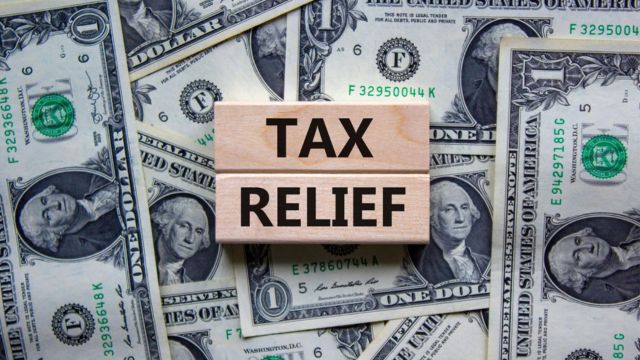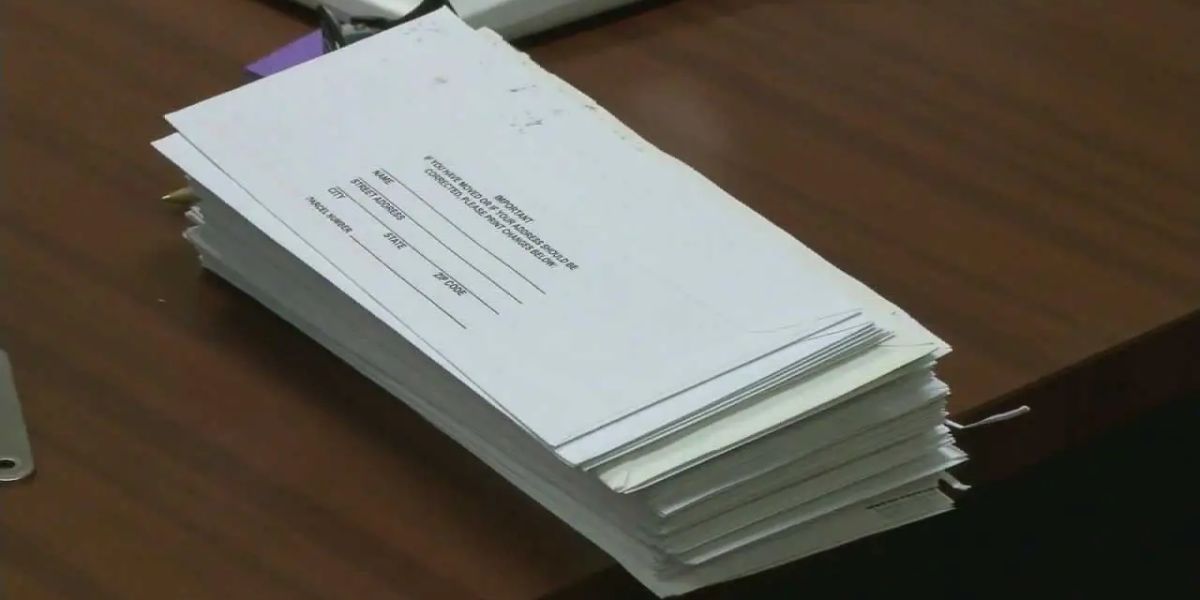Ohio Auditors Testify Before Committee on Property Tax Relief, What Is
Columbus, Ohio – Before the Joint Committee on Property Tax Review and Reform of the Ohio General Assembly on Wednesday, a group of county auditors gave testimony.
The panel heard presentations from county auditors representing Green, Franklin, and Ashtabula counties regarding strategies to reduce Ohioans’ burden with property taxes. Every one of the three is a member of the Ohio County Auditor’s Association.
They outlined several ideas, including the extension of the Homestead Programme, specific assistance for people with low to moderate incomes, and tax benefits for properties owned by owners.
County auditors have been involved in property taxes for many years, and Ashtabula County Auditor David Thomas has seen firsthand how state budget deficits cause property taxes to become more financially burdensome.

He stated, “The burden to fund local services gets placed at the local level where. The State of Ohio has cut the income and other taxes dramatically over the years, which is reasonable.” “Those who may not have benefited from the reduction in income taxes, like seniors, now bear a larger portion of the additional cost in property taxes.”
A further factor in the equation is rising property values. They contribute to the tax burden on taxpayers even though they are a sign of investment and growth.
SEE MORE – “Opinion!” Health Care Mandates—The Silent Tax Hike On Employers
The County Auditor’s Association stated that the increases in property prices following COVID-19 are not “anomalies” as previously reported, but rather demonstrate the shortcomings of Ohio’s property tax structure and the necessity of changing legislation.
Franklin County Auditor Michael Stinziano stated, “Ohio needs a menu of options so that the needs of each community and each resident can be best met while acknowledging the critical role property tax plays in supporting government services.”
Authorities at the municipal and state levels are still looking into the property values in the counties of Mahoning, Trumbull, and Columbiana, which resulted in increased property tax bills and dissatisfied citizens.
The Ohio Property Relief Act, which would help farmers and homeowners, is one of the several bills that are currently being considered to solve the problem.
The following recommendations were presented by the auditors during their testimony on Wednesday:
Extend the Homestead Programme: As of right now, people who are 65 years of age or older, chronically disabled, and earn $36,100 or less in Ohio are excused from paying taxes on the first $26,200 of their property assessment.
To make the programme more accessible to more people, the CAAO suggests raising the income requirement in addition to the valuation that would be free from property taxes. Some of the most vulnerable Ohioans will be able to remain in their homes as a result of this.
Removing the Non-Business Credit and Increasing the Owner Occupancy Credit: Ohio provides a 10% credit to owners of residential and agricultural property by paying a portion of the levies on qualified property.
The Owner Occupancy Credit offers a 2.5% credit to properties that are both owned and inhabited as the individual’s primary residence, while the Non-Business Credit offers a 10% credit to all property owners with residential or agricultural assets.
The CAAO would suggest doing away with the Non-Business Credit because it frequently helps for-profit owners and increases the Owner Occupancy Credit to a significant credit that would reduce homeowners’ taxes.
SEE MORE – “New Taxation Agenda!” Where Do Massachusetts Lawmakers Stand?
Restrict the Growth of the Money School Districts Get Reappraisal Changes: In Ohio, school levies are capped at a level that prevents the tax rate from being lowered in the event of reappraisal increases.
The California Association of School Administrators (CAAO) suggests doing away with this severe ceiling on rate decreases and replacing it with an inflationary index that would constrain revenue growth for districts that operate at the 20-mill floor.
Many of the school districts operating on the floor experienced revenue increases exceeding 20% as a result of this most recent valuation boost.
Make a menu of specific relief options: Provide tax reduction initiatives to shield citizens with low to moderate incomes. These programmes may consist of income tax credits, tax deferrals, or abatements based on the incapacity of long-term residents to pay the steadily rising tax burden.











